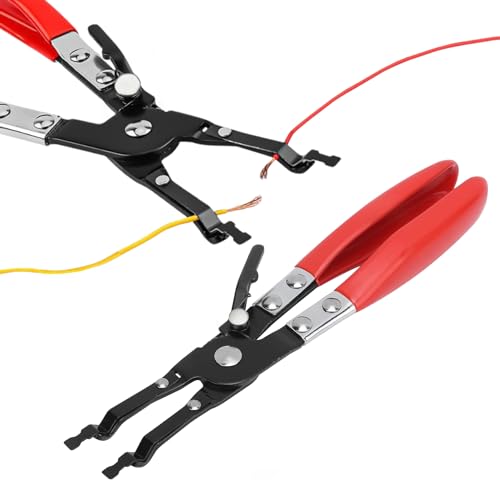greendwarf
Well-known member
Not sure "stall torque" is the right term for an EV drive but you are correct that the PHEV needs to be rolling to deal with obstacles. In the early years of this forum a user demonstrated that the Mitsu can't drive over a house brick on level ground from stationery if already in contact.My 2015 Outlander has very limited stall torque compared to traditional off road vehicles like a Mazda Demio.
I had an unpleasant moment where I went around a gate through a steep grassy dip (in the middle of nowhere). The Outlander got to the bottom, and simply could not roll it's wheels up the the other side as it was too steep for the torque available The townie tires were not slipping on grass. Luckily I was able to rock back and forth until I could hit the steep bit with enough speed to get over it.
This is a stall-speed issue.
Try these:
Tie the towbar to a tree. See if you can spin the tires and get any significant pull or spin the wheels on grass or gravel
Put a 4"x6" under the front wheel. See if you can get over it, or even get the wheels to spin
At the time I speculated that this is probably normal for all EV drives because of the lack of inertia in an electric motor as compared to an ICE when it starts but I don't recall any discussion to come to firm conclusion. Once rolling, I have seen video of our car being driven up a 45 degree ramp with no problem.




























